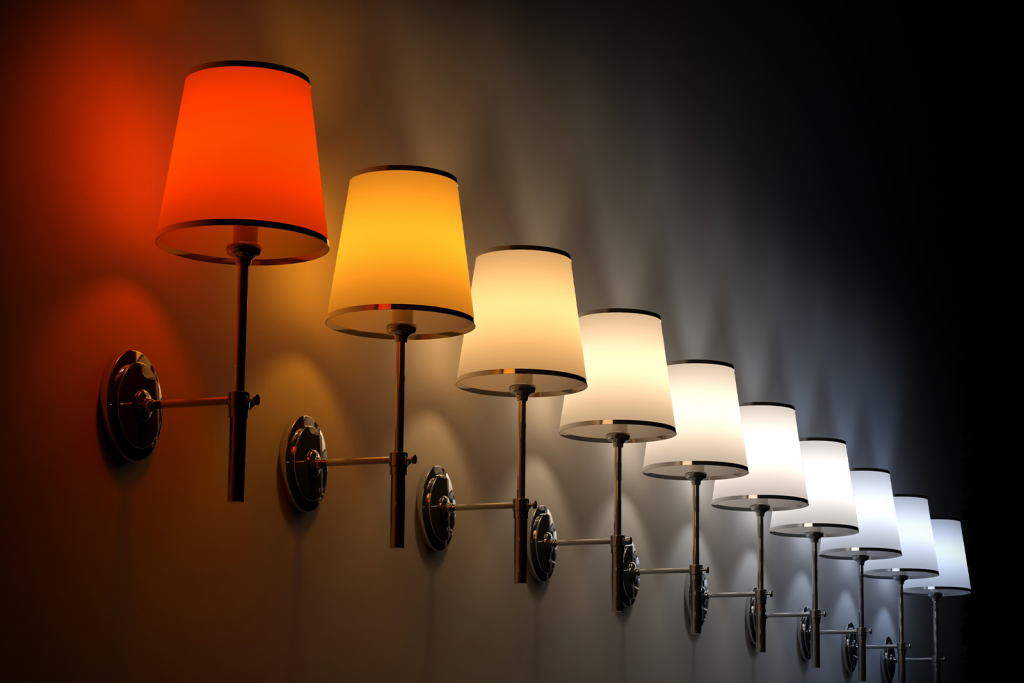Colour temperature is a term used to describe the colour of light, ranging from warm to cool. It is measured in Kelvin (K) and is an important factor to consider when selecting lighting for different environments and lighting advertisements. The colour temperature of light can have a significant impact on the ambiance and functionality of a space, making it a critical consideration for architects, designers, and lighting experts.
What is the difference between warm light and cold light?
Warm light, also known as yellow or amber light, has a lower colour temperature of around 2,700K to 3,000K. It is commonly used in residential settings and creates a cosy and comfortable atmosphere. On the other hand, cool light, also known as blue-white light, has a higher colour temperature of around 5,000K to 6,500K. It is typically used in commercial and industrial settings, as it provides bright and focused lighting. The colour temperature of light is an important consideration when selecting lighting for different environments, as it can impact the overall atmosphere of the space.

What colour light is the closest to natural light?
Natural light has a colour temperature of around 4,000K to 5,500K, which is similar to cool light. Therefore, cool light is considered the closest to natural light. However, natural light changes throughout the day, with warmer light in the morning and evening and cooler light during midday. The colour temperature of light can also affect how colours appear in a space, which is important to consider for design and visual purposes.

How does colour temperature affect us as humans?
Colour temperature can have a significant impact on our mood and behaviour. Warm light can create a cosy and relaxed atmosphere, which can be beneficial for promoting rest and relaxation. In contrast, cool light can create a more alert and focused atmosphere, which can be useful in workplaces and educational environments.
Additionally, the colour temperature of light can affect our circadian rhythm, which regulates our sleep-wake cycle. Exposure to bright, cool light in the evening can disrupt our natural sleep patterns, making it more difficult to fall asleep.
How does the right light affect adverts and what is the best light for it?
The colour temperature of light can also affect how products are perceived in advertisements. Warm light can make products appear more inviting and cosy, while cool light can make them appear more modern and sleek. The right light can enhance the appeal of products and increase consumer interest. However, the best light for advertisements depends on the type of product being advertised and the target audience. For example, warm light may be more effective for promoting comfort products, while cool light may be more effective for promoting technology products.
In conclusion, choosing the correct type of light colour is important for creating the desired atmosphere, enhancing visual appeal, and promoting physical and mental well-being. Warm light is best for creating a cosy and comfortable environment, while cool light is better for bright and focused environments. The colour temperature of light also affects our mood and behaviour, as well as our circadian rhythm. When selecting lighting for advertisements, the right colour temperature can enhance the appeal of products and increase consumer interest. Therefore, it is important to consider the colour temperature of light when selecting lighting for different environments and purposes.








